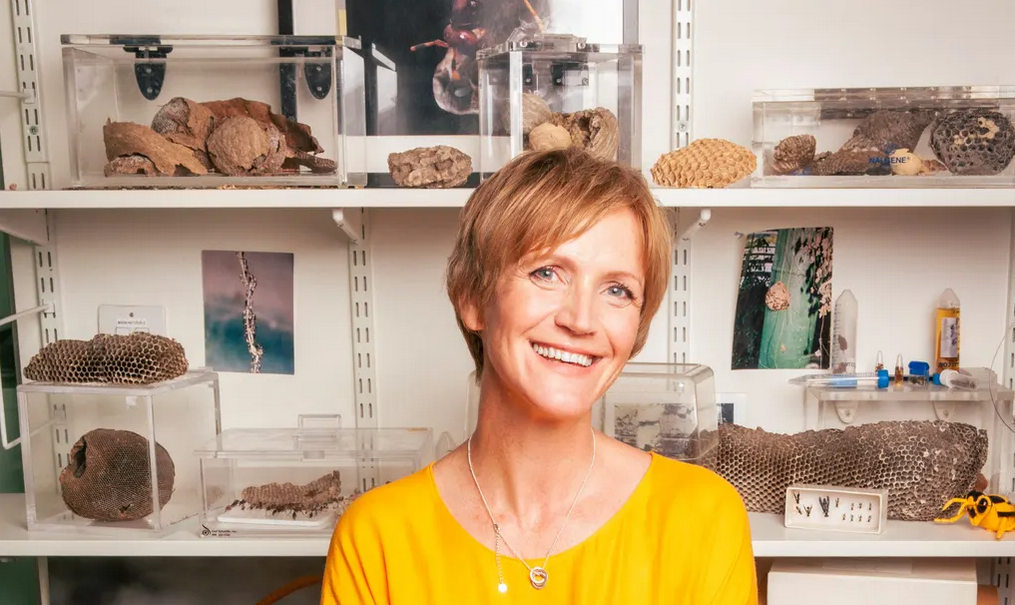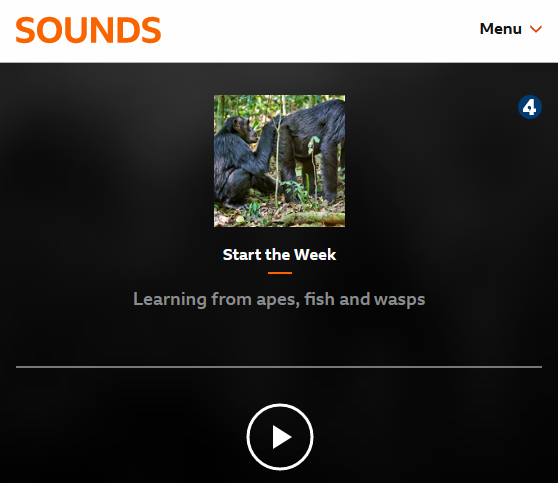Observer feature, May 23rd 2022
“In The Wasp Woman, a 1959 B-movie directed by Roger Corman, the owner of a failing cosmetics company becomes the test subject for a novel anti-ageing formula manufactured from the royal jelly of wasps. Janice Starlin, played by Susan Cabot, appears 20 years younger in a matter of days, but inevitably transforms into a monstrous creature – half-woman, half-wasp – who goes on to brutally murder and devour a string of unfortunate men. It mattered not that bees, rather than wasps, produce royal jelly. The Bee Woman? Nowhere near as terrifying.
“Unlike bees, which we adore for their honey and waggle dances, wasps have suffered from a poor public image for millennia. In the 4th century BC, Aristotle dismissed wasps as “devoid of the extraordinary features that characterise bees”, adding conclusively, “they have nothing divine about them”. Since then you’d struggle to find a sympathetic cultural portrayal of wasps. Swarms of wasps smite unbelievers in the Bible. Shakespeare warns of waspish behaviour. We disparage the snobbishness of WASPs. The Wasp Woman epitomised the nightmarish (and somewhat sexist) association we have with the archetype. Wasps are narrow-waisted huntresses to be feared. Or at the very least, swatted away.”
Read full article…

Start the Week, BBC Radio 4 May 24th 2022
“Adam Rutherford explores how other species can help us understand our own …
“While ants and honey bees are often held up as exemplars of social cohesion, the entomologist Seirian Sumner wants to rehabilitate the much-maligned thug of the insect world, the wasp. In Endless Forms: The Secret World of Wasps she shows how wasps are older, cleverer and more diverse than their evolutionary new-comer the bee. And she makes the case that they hold hidden treasures of relevance to human culture, survival and health, and one species even taught us how to make paper.

BBC Radio 5, Naga Munchetty. 23rd May 2022
